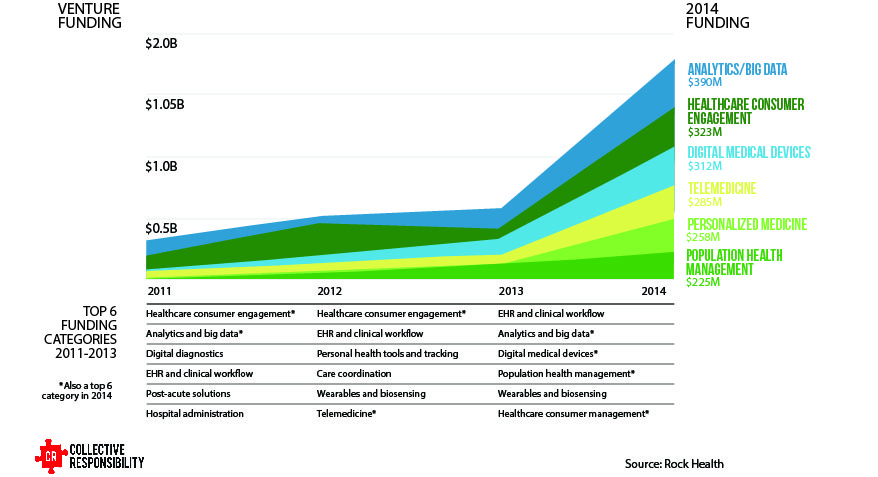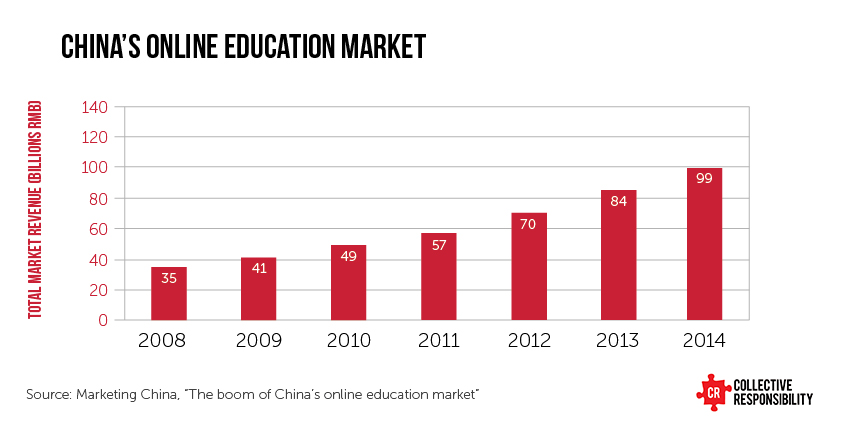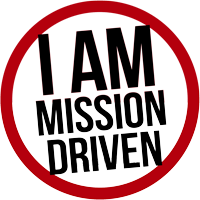Developing and Scaling Sustainable Tech in China
With the size of economic, social and environmental challenges growing at a scale and scope that can shatter limits set by global governments, Mother Nature and society, sustainable tech will become the gauge by which we analyze resource levels, measure system performance, identify efficiencies, curb consumption and influence stakeholders to make better decisions.
We are already seeing the results in a number of areas, and the gains made by streamlining our lifestyles and systems to increase efficiency is a win-win for both individuals and the environment around us.
Food & Agriculture
Over the past 30 years, China has experienced rapid levels of urbanization and its citizens have become richer. But the trade-off has been depletion in arable land while structural inefficiencies in the food value chain have made it difficult to provide safe, accessible and affordable food to the market.
With available arable land diminishing and what little there is of it increasingly over utilized, one solution that can boost production in order to meet demand is aquaculture and hydroponic systems . Alesca Life Technology is an example of a firm taking the next step forward, through the adaptive re-use of shipping containers where food can be grown within the proximity of urban centers. Another example is Oceanethix, whose urban aquaculture process can turn any warehouse or retail center into a highly productive, environmentally clean, and transparent fish farm.
As China lurches from one food safety scandal to another, it is clear that consumer confidence has deteriorated and changes are being demanded to improve and introduce sustainable practice. Using smartphone applications and online solutions, consumers can now easily scan and receive information regarding products’ life cycles. Shenzhen Vanch and IBM group are among those who have invested in traceability systems in China, a lucrative business opportunity that also gives consumers peace of mind.
There is also tech progress being made at other steps along the supply chain . For example, the introduction of drones that leverage advanced sensors, low-cost aerial camera platforms and autopilot capabilities can give farmers the ability to view their crops from above, detect and assess irrigation issues, pest infestations, plant health and provide soil analysis. Tech products provided by companies such as DJI innovations and Ehang are now being used by hundreds of farms across China.

Healthcare
While it has made great strides in improving the quality of life for its 1.5 billion residents, China’s healthcare system has seen increased pressure to meet the size, scale and speed required for the country’s urbanized population. This pressure increases by the day as China’s elderly population grows, and its residents transition into an urban lifestyle that includes higher levels of processed foods and lower activity levels.
To overcome the challenges faced, the government predictably made investments in hospitals, equipment purchases, and in training medical professionals. However there are a number of areas where technology has already proven itself in improving the accessibility, affordability, and quality of healthcare in China . In response to the long-standing problem of vast queues and growing inefficiencies in Chinese hospitals, solutions to cut the time spent at the hospital have grown popular. Guahao, a leading mobile app in this space, connects patients with doctors, allowing users to search for physicians in their geographic location and book appointments.
At the other end of the spectrum is personalized medicine. In response to the lack of trust between patients and doctors, medical tech companies offer a more personalized approach to healthcare where consumers can “shop for doctors”, review their qualifications, and contact them instantly . Tech has also become an important element in preventative medicine and one of the biggest trends these days is wearable medical devices. Once luxury items for sports enthusiasts, for many people wearables are now becoming a part of daily life and may soon present an opportunity to improve quality care at the personal level. Many see this as a crucial area for healthcare, with users able to measure an increasingly wide range of metrics including heart rate, sleep patterns, blood pressure, blood oxygen, and blood sugar. There are already a number of products on the market from Xiaomi, Huawei, Fitbit, and Apple that are growing in popularity and use.

Education
China has a national goal of economic prosperity for 2025, but the country’s rigid education system makes it difficult for students to develop skills required by both domestic and global employers. They are constantly pressured to achieve high standards but have minimal resources to adapt to the rigorous system, paving the way for an unsustainable future in education. There is limited access to quality content and structured English language classes in rural areas, while the gao kao – a high-stakes exam for high school students hoping to get into college – is seen by many as a measure of who is best at rote learning. But there is help available in the form of online tutoring and test prep . These range from simple mobile apps such as Baidu’s Homework Helper and Kuailexue that allow students to crowd-source homework help, to online websites such as Genshuixue and Superclass, which allow students to select courses and teachers to learn interactively.
Then there are online language teachers: although English is taught in school, there are few opportunities for students to practice speaking the language. To fill that gap, startups like italki and mobile apps like CCtalk from Hujiang, are helping students connect with native speakers and teachers. This creates a personalized learning environment for students and gives them real interaction with the language.
Tech rules
Thanks to the development of technological solutions, and through the analytics that will come through the Internet of Things and meta-data analysis, smart products and services are able to tell us more and more about our daily lives. They help us identify areas for cost reductions, create opportunity and improve the uptake of technologies that help drive increased sustainability across a number of systems that will be at the core of managing the development of megacities.
To date, the firms best positioned to bring the solutions needed have been data driven firms like IBM, Alibaba, Apple, and others, who have spent billions of dollars over the last decade building the infrastructure to capture and analyze the data necessary to act on. But for entrepreneurs, this is also proving to be a huge opportunity ; this is particularly true of those looking for answers to tangible problems, and where development of local solutions can be supported. This is already being seen as particularly prevalent in the expanding cities of China and the rest of the developing world where urban populations are growing at the fastest rates. For tech-savvy entrepreneurs, there are myriad opportunities for well-executed planning to develop these cities into modern, sustainable urban centers .

